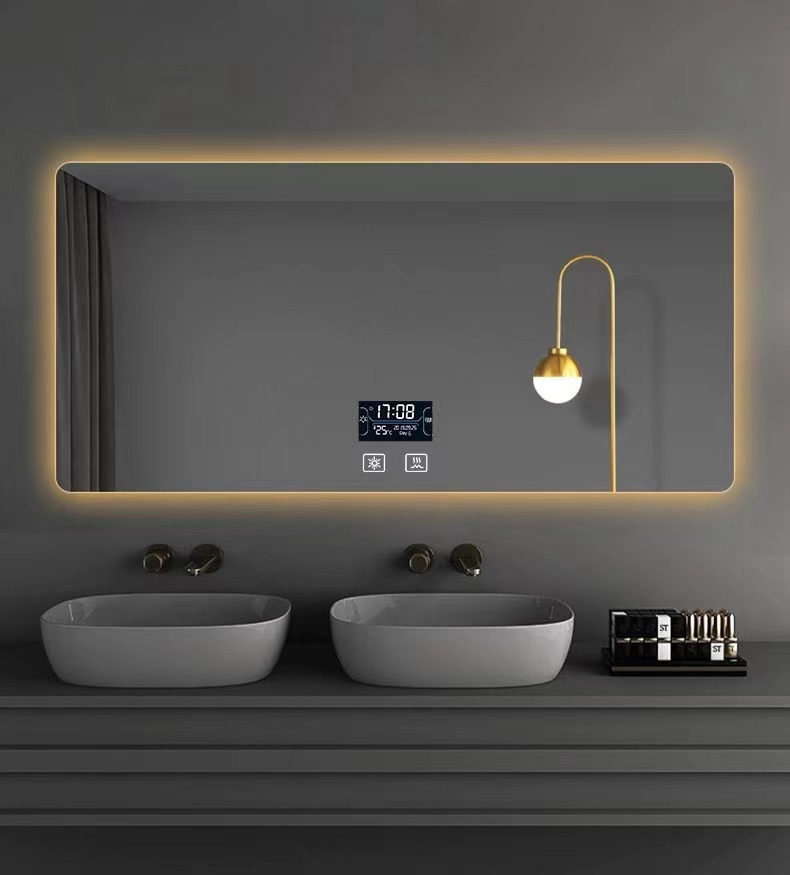

The Surface Silvered Mirror A Reflection on Craftsmanship and Science
The surface silvered mirror, a classic invention, combines artistry and science, creating reflections that transcend mere functionality. This type of mirror, in which a thin layer of silver is deposited onto glass, has played a pivotal role in both personal grooming and artistic expression over centuries. Its history can be traced back to ancient civilizations, where polished metals served as early reflectors, but it was in the 19th century that the process was refined to the standard we recognize today.
The technique of silvering involves a chemical process where silver nitrate and reducing agents are used to create a reflective coating. This method not only gives the mirror its characteristic shine but also ensures durability and clarity. The choice of materials is paramount; high-quality glass enhances the reflective properties of silver, resulting in brighter and clearer images. Such mirrors are not merely functional; they are works of art that can transform a space, adding depth and elegance to interiors.
Beyond aesthetics, surface silvered mirrors have practical applications in various scientific fields
. They are used in telescopes, lasers, and optical devices, where precise reflection and light manipulation are essential. The principles behind their design have advanced significantly, leading to innovations in materials and manufacturing processes. Modern techniques allow for the production of mirrors that minimize distortion and improve reflectivity, catering to both everyday and specialized needs.
Caring for a surface silvered mirror is important to preserve its integrity. Common factors such as humidity and environmental conditions can impact the silver layer, leading to tarnishing and deterioration. Regular cleaning with gentle, non-abrasive materials and proper storage can prolong the life of these mirrors, ensuring they continue to reflect beauty and functionality.
In contemporary design, the resurgence of vintage styles has brought surface silvered mirrors back into vogue. Interior designers often utilize these mirrors to create focal points, enhancing light and space in rooms. They serve as a reminder of a time when craftsmanship was paramount and reflect a certain nostalgia for the hand-made and the exquisite.
In conclusion, the surface silvered mirror is more than just a functional object; it is a testament to human ingenuity, blending the beauty of art with the precision of science. Whether gracing a vanity or reflecting the grandeur of a gallery, these mirrors remain timeless, capturing moments and images for generations to come.